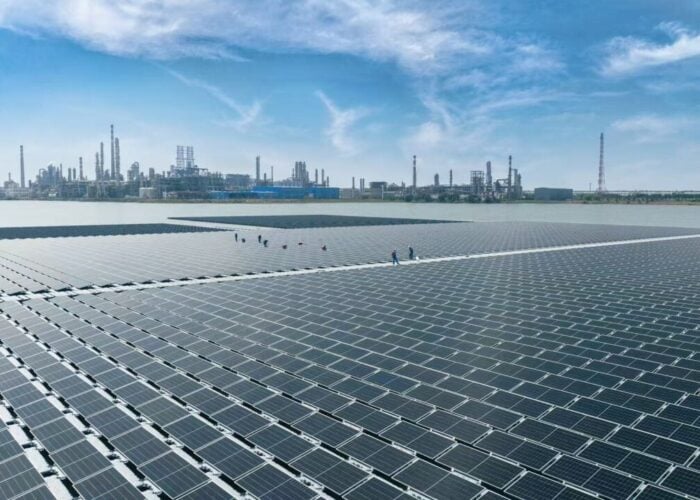
Trade body the Solar Energy Industries Association (SEIA) has urged the US Department of Commerce (DOC) to throw out petitions from an alliance of companies that are pushing for investigations into alleged circumvention of antidumping and countervailing duties (AD/CVD) on solar PV cells from China.
In a letter sent to Commerce Secretary Gina Raimondo yesterday (Monday), SEIA said the initiation of investigations “would freeze supply chains and have a devastating effect” on the US solar sector, adding that “damages have already begun and will continue until this petition is outright rejected”.
Unlock unlimited access for 12 whole months of distinctive global analysis
Photovoltaics International is now included.
- Regular insight and analysis of the industry’s biggest developments
- In-depth interviews with the industry’s leading figures
- Unlimited digital access to the PV Tech Power journal catalogue
- Unlimited digital access to the Photovoltaics International journal catalogue
- Access to more than 1,000 technical papers
- Discounts on Solar Media’s portfolio of events, in-person and virtual
“A shadow group of anonymous petitioners are recklessly asking our government to misinterpret US law, upend the lives of thousands of American families and undermine any hope we have to mitigate the devastating impacts of climate change,” said SEIA CEO Abigail Ross Hopper.
The letter relates to petitions filed in August by a group of companies called American Solar Manufacturers Against Chinese Circumvention (A-SMACC) that called on the DOC to determine whether imports of solar cells that have been further manufactured in Vietnam, Thailand and Malaysia, using wafers manufactured in China, are circumventing the AD/CVD orders on solar cells from China.
A-SMACC said in an August statement that the filing “will ensure that the playing field for American solar manufacturing is level and ready for the scaled investments necessary to address climate change”.
While the DOC last month asked for additional details, including the name of each member of A-SMACC, before it would consider the merits of its requests for anti-circumvention rulings, the group has yet to publicly reveal the identities of its members.
Responding to DOC requests earlier this month, Wiley, the law firm representing A-SMACC, said that revealing the identities publicly “would create significant risks of potentially crippling retaliation by the Chinese government”.
Having previously warned that the duties called for by A-SMACC could derail the US’ efforts to tackle climate change and jeopardise the deployment of 18GW of solar in the country by 2023, SEIA said in its letter yesterday that “the potential for preliminary tariffs is exacerbating global supply chain challenges”.
“Any further delay will cause additional harm to the broader solar industry. The Department must address the legal requirements for initiation during the statutory petition review period,” Ross Hopper said in the letter.
SEIA is instead calling for federal investments to drive US solar production, such as a proposed bill from Senator Jon Ossoff that would provide credits for US manufacturers at each stage of the PV manufacturing supply chain, from polysilicon production to solar cells and modules.
The Solar Energy Manufacturing for America Act, as it has been dubbed, would create 27,000 direct manufacturing jobs in the solar module value chain by 2025 and 40,000 jobs by 2030, according to SEIA, which is calling for a ten-fold increase in US solar manufacturing capacity to reach 50GW of annual production capacity by the end of this decade.







